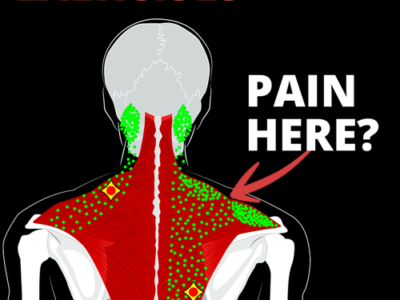Suffering from broken ribs can be excruciatingly painful, especially when trying to sleep. However, quality rest is crucial for your body’s recovery and healing process. In this article, we will provide tips and advice on how to achieve comfortable sleep with broken ribs.
Finding the Best Sleeping Position
Choosing the right sleeping position is essential to minimize discomfort and prevent further injury. The most appropriate position will depend on which ribs are broken and your personal comfort levels. Here are some common sleeping positions that may help you get a good night’s rest:
- Back sleeping: Lying flat on your back evenly distributes your weight, reducing pressure on the injured area. Place a pillow under your knees to alleviate any additional strain on your lower back.
- Side Sleeping: If lying on your back causes too much discomfort, try sleeping on your uninjured side. This will help reduce pressure on the broken ribs while still allowing for adequate support. Using pillows between your knees and behind your back can help maintain spinal alignment and provide extra cushioning.
- Elevated sleeping: Some people find relief by sleeping in an elevated position, such as using a recliner or adjustable bed. This can help reduce swelling and congestion in your chest, making it easier to breathe comfortably.
Pillow Talk: The Importance of Proper Support
Pillows play a vital role in ensuring a comfortable sleep experience while coping with broken ribs. The right type and placement of pillows can provide necessary support, alleviate pain, and aid in proper healing.
Selecting the Right Pillow
With so many pillow options available, it may seem overwhelming to choose the right one for your needs. Here are some factors to consider when selecting a pillow:
- Firmness: A medium-firm pillow should provide adequate support without causing discomfort.
- Fill material: Memory foam and latex pillows conform to your body’s shape, providing tailored support and pressure relief. Alternatively, down or feather pillows can be moldable and adjustable to your preferred sleeping position.
- Size and Shape: Contoured or wedge-shaped pillows can help maintain proper alignment and provide additional support in specific areas, such as under your knees or behind your back.
Pillow Placement for Optimal Comfort
Once you’ve chosen the right pillow, it’s crucial to place it strategically to maximize comfort and support. Consider these suggestions for pillow placement based on your preferred sleeping position:
- Back sleepers: Place a pillow beneath your knees to alleviate lower back strain. Additional neck support can also be beneficial, especially if your natural cervical curve is compromised due to broken ribs.
- Side sleepers: Use a pillow between your knees to keep your spine aligned, and another behind your back for added support and cushioning.
- Elevated sleepers: If you’re sleeping in an elevated position, such as on a recliner or adjustable bed, use pillows to support your head, neck, and shoulders, ensuring they remain in a comfortable and neutral position.
Maintaining Proper Sleep Hygiene
While finding the ideal sleeping position and using supportive pillows are crucial, it’s also essential to practice good sleep hygiene while recovering from broken ribs. Consider the following tips to create a healthy sleep environment:
- Establish a consistent sleep routine: Going to bed and waking up at the same time each day can help regulate your body’s internal clock and improve overall sleep quality.
- Create a sleep-friendly environment: Keep your bedroom quiet, dark, and cool to promote relaxation and restful sleep. Use blackout curtains or an eye mask to block out light, and consider using white noise machines or earplugs to minimize noise disturbances.
- Avoid stimulants before bedtime: Limit exposure to caffeine, nicotine, and alcohol in the hours leading up to bedtime, as they can interfere with your ability to fall asleep and stay asleep.
- Prioritize relaxation techniques: Incorporate activities that help you unwind and relax before bedtime, such as reading, taking a warm bath, or practicing deep breathing exercises.
Dealing with broken ribs is undoubtedly challenging, but by focusing on finding the optimal sleeping position, utilizing supportive pillows, and practicing good sleep hygiene, you can significantly improve your sleep quality and comfort as you heal. Remember: always consult with your healthcare provider for personalized advice and recommendations based on your specific situation and needs.





Comments